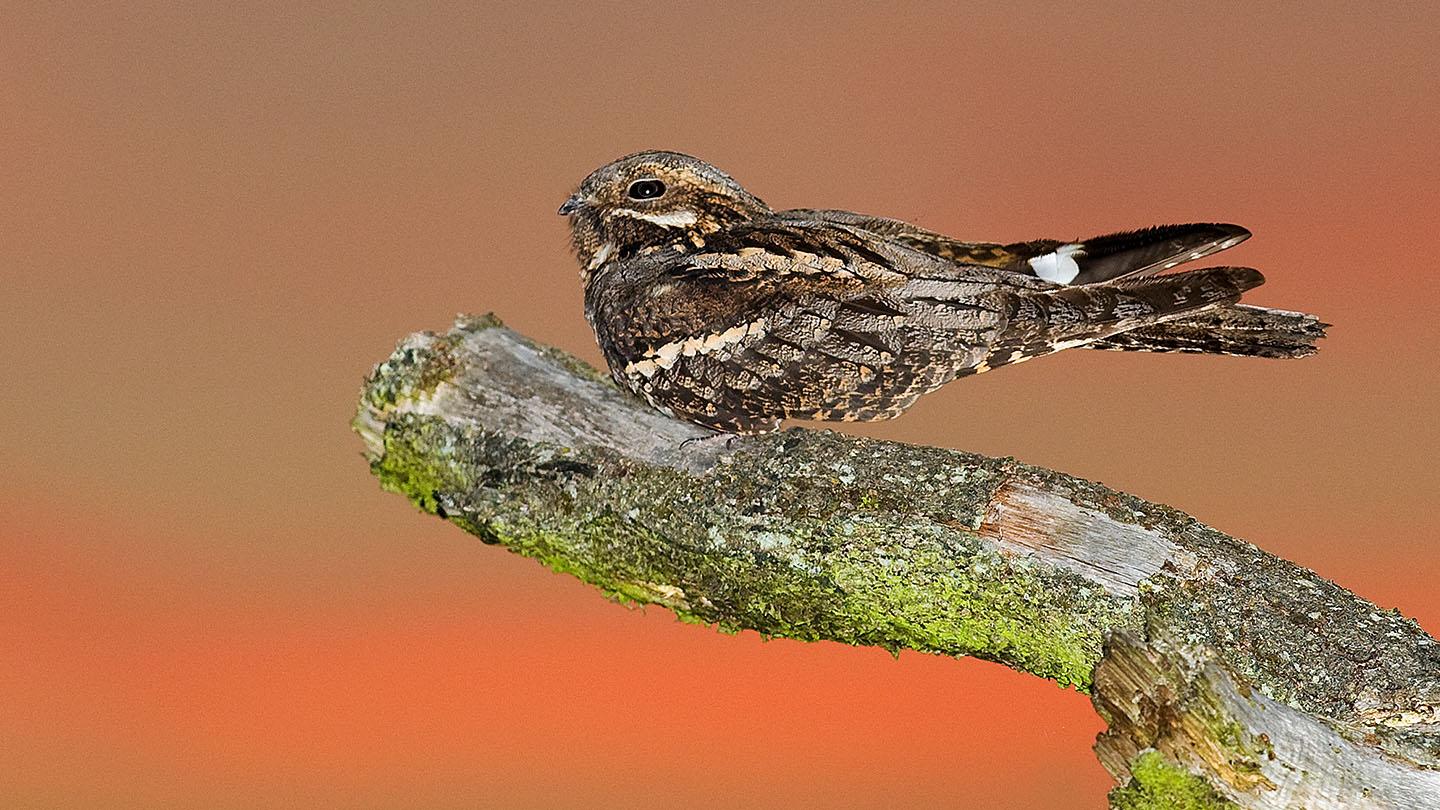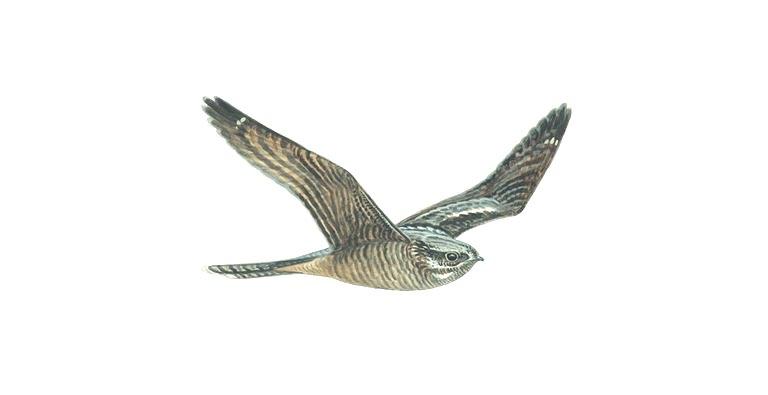
3 minute read
Nature Notes
Strange Spring Sounds
Did you no:ce that the wildlife this Spring was incredible? The jury is s:ll out on whether there really was more flora and fauna around but the weeks of warm weather, lower pollu:on levels and decrease in traffic certainly helped us no:ce our surroundings more.
Advertisement
Without bragging too much our garden felt like a mini nature reserve! A family of tawny owls nested in a sycamore tree on our drive producing three squeaky chicks with the sharpest beaks and talons around. A pair of wrens discovered the decomposing Series 1 Landrover also on the drive and used one of the rear speakers as a support to make a nest. They produced eight young that somehow all fiSed into a 15cm diameter nest of moss and feathers. Boy were they cute! We were also lucky enough to have great Ets, robins, bull finches and bumble bees make our garden their home. Local walks were also amazing with the vibrancy of colour from verges and fields and it was great to see so many people also out enjoying the views.
But it was on an evening in June that we hit the jackpot! It had rained for most of the day on Wednesday 23rd June but around 10pm my husband Iain and I decided to go out for a quick walk to see the most amazing sunset. We had not even lel the garden when we heard a strange croaking noise. It sounded like an insect or a frog but we could not think of any insects that called at that Eme of night and it was the wrong Eme of year for frogs or toads to be singing.
The evening calmness meant we could follow the call across a field to the woods. The midges were horrendous but we found the area the sound was coming from. It seemed to be a bird call rather than an insect. The obvious answer was a grasshopper warbler. These are preSy rare birds and a great find if you know any birders but Netherley is a grasshopper warbler hotspot to the point that we just walk past them now - I heard five on a three mile bike ride recently. They are the most drab liSle brown birds around and you rarely see them anyway. It is their call however that makes them easily idenEfiable as they sound like a fishing reel being wound in.

What we heard that night however was more like a broken fax machine than a metallic ringing sound. It was then that it occurred to us that it could be a nightjar. The only thought stopping us was that you do not get nightjars in Aberdeenshire! They are found mainly in the south of England although a quick Google in the now darkness told us that the nearest resident populaEon was in Dumfries and Galloway. We managed to take a recording of the call around midnight and sent it to a knowledgeable friend. ExciEng news travels fast as by lunchEme the next day one of our local ornithological experts and nightjar specialist, Dr Alan Knox, was in touch confirming it was indeed a nightjar and could he come out and have a look!
I cannot actually tell you what it looked like because we never saw it. We heard it for the next three evenings between 11pm and 3am but luck was against us as the mist and wind made it really difficult to see anything at all in the wood. Dr Knox did confirm it was a male due to its “churring” call.
Nightjars are crepuscular (acEve at dusk and dawn), have a swooping, rapid flight similar to a kestrel and are insecEvorous, favouring moths, flies and beetles. Heathland (like the nearby Red Moss) and recently felled conifer plantaEons, such as where we heard this one, are favoured habitats. Their plumage is a feat of camouflage and described as “bark-like” for ground nesEng and resEng during the day. They can have up to two broods of two eggs in the UK between May and mid-August before flying back to southern Africa for the remainder of the year.
So whilst these are definitely challenging Emes, one thing is for sure - keeping an ear and eye out for nature is not only good for your own wellbeing, but you might just discover new species to this great area we are lucky enough to live in. Happy exploring! Mandy Tulloch










